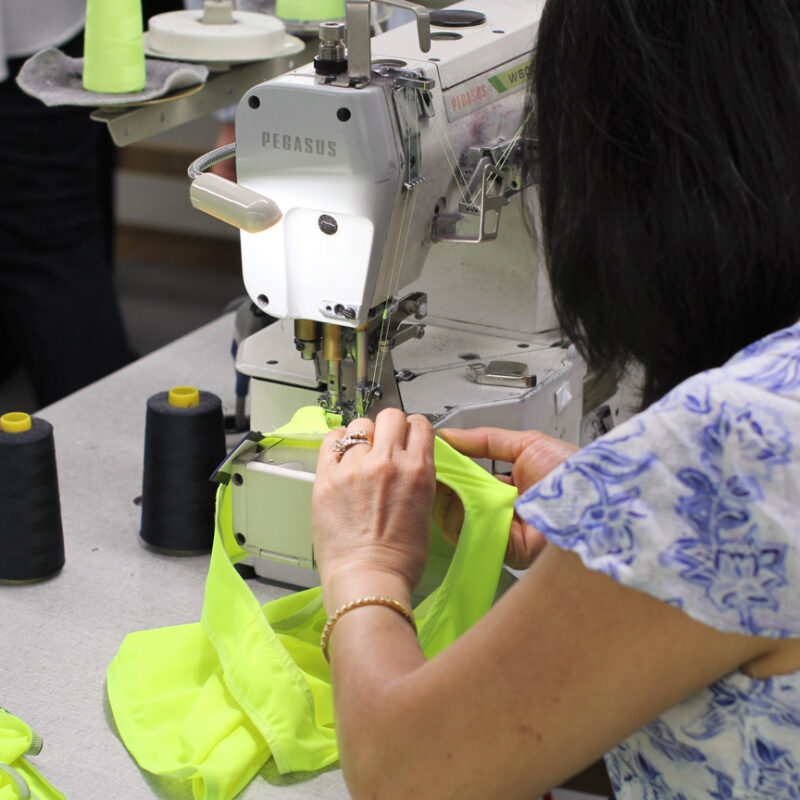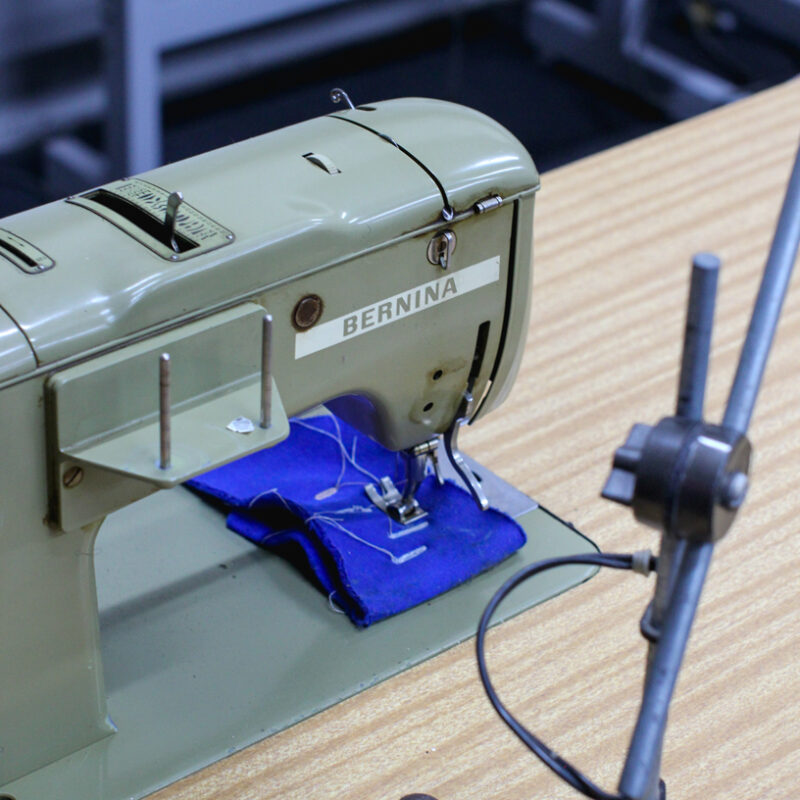Procurement Benefits for Accredited Businesses
Be eligible for specific procurement opportunities and get the benefits of advocacy to all levels of government and the private sector.

The Victorian Government Procurement Policy
The Victorian Government made changes to their Procurement Policy in 2018 and mandated that all state government buyers must procure locally manufactured uniforms and Personal Protective Equipment (PPE).
This includes the requirement that Australian manufacturers of Textile, Clothing and Footwear (TCF) goods applying for tenders must be accredited, or in the process of seeking accreditation by Ethical Clothing Australia and maintain their accreditation throughout the term of contract with the Victorian Government. This policy change has been a significant support to the local industry and local jobs, with a higher demand placed on Australian manufacturers.

Ethical Supplier Register
The Victorian Government’s Ethical Supplier Register lists Ethical Clothing Australia accredited and registered suppliers of locally manufactured uniforms, workwear, and PPE. Any accredited business Australia-wide can bid for Victorian Government tenders.

Enhance your Procurement Opportunities
- Verify that your business is ethical to government or corporate procurement professionals.
- Set yourself apart from your competition with our reputable and recognisable trade mark.
- Eligible to be included on the Victorian Government’s Ethical Supplier Register.
- Expand your opportunities to bid for tenders.
- Demonstrate your dedication to Environmental, Social and Governance (ESG) or Sustainable Development Goal (SDG) frameworks.
- Mitigate against legal and reputational risks.
- Boost public relations opportunities with government or corporate clients.

Advocacy for local and ethical manufacturing
Ethical Clothing Australia accreditation program has been recognised as one of the strongest accreditation programs globally. We make sure we tell all levels of government about this to promote ethically and locally made TCF products.
We advocate for government policies which embed ethical and local procurement practices into laws to drive demand and real systemic change – for the local industry and all the people who work in it. In an evolving legislative landscape, Ethical Clothing Australia accreditation supports not just local businesses, but also governments themselves to comply with laws such as the Commonwealth and NSW Modern Slavery Acts. We make sure we highlight this benefit to them.

Private Sector Procurement
In an ever-evolving legislative landscape, both locally and globally, the private sector is now, more than ever, under scrutiny for their commitment to preventing human rights abuses. It is not only regulators, but also consumers and investors who are demanding more ethical practices and transparency in supply chains.
Businesses acting now aren’t just doing the right thing: they’re also gaining a competitive advantage. By purchasing from accredited manufacturers, companies can use the certification for:
- Modern Slavery Act (Cth) reporting obligations.
- Alignment with United Nations Guiding Principles on Business and Human Rights (UNGP’s)
- Alignment with UN Global Compact’s 10 Principles, particularly Principles 3-6.
- Supports Environmental, Social and Governance (ESG) and other responsible business practice initiatives.
- Supports the United Nations Sustainable Development Goal 8; to promote sustained, inclusive and sustainable economic growth, full and productive employment and decent work for all.
- Supports reporting with other international laws and standards private entities may be captured under which require reporting on modern slavery risks and mitigation strategies.
The private sector have a unique opportunity to contribute to positive, systemic change and play a role in ending exploitation in the garment industry, and prioritising procurement from Ethical Clothing Australia accredited businesses supports the private sector to do this.
Learn more about private sector procurement, contact us here.

Align your TCF sourcing with best-in-class standards
Improve your compliance and strengthen your supplier vetting. Ethical Clothing Australia partners with organisations to write ethical accreditation into your policy, simplifying complex due diligence in TCF procurement.


